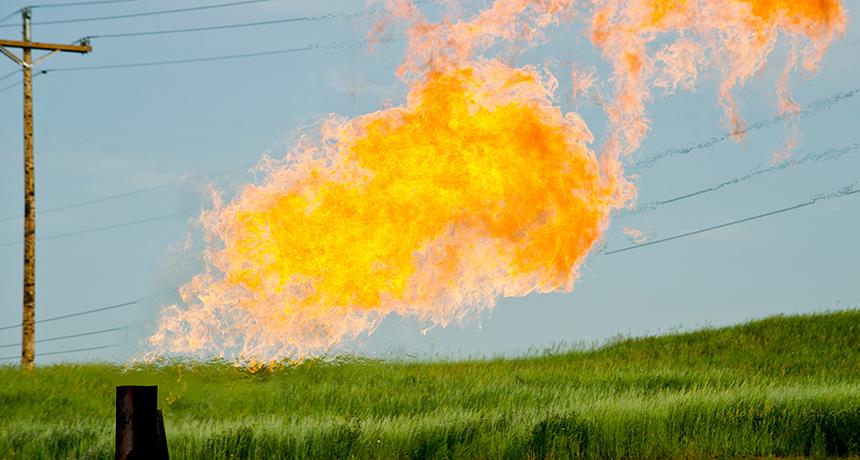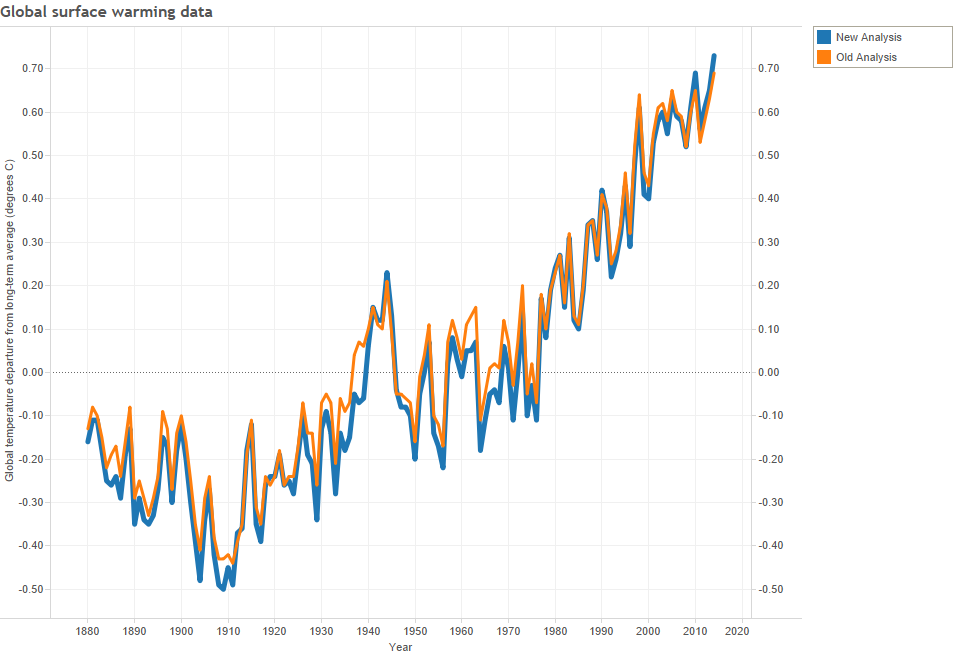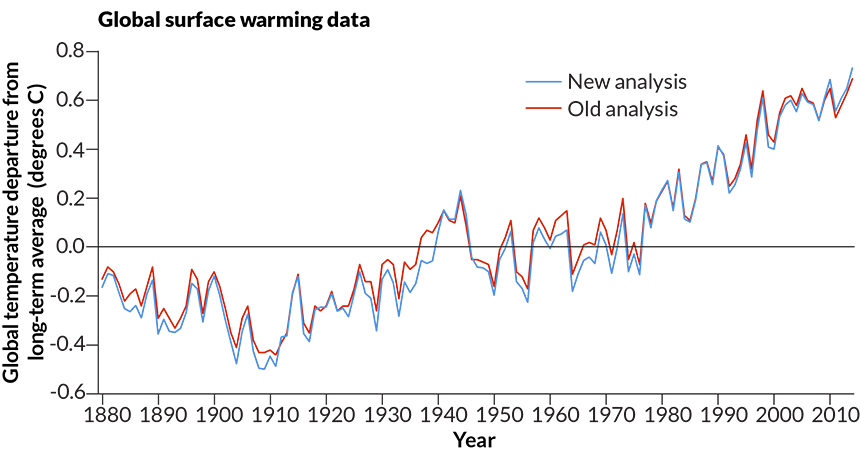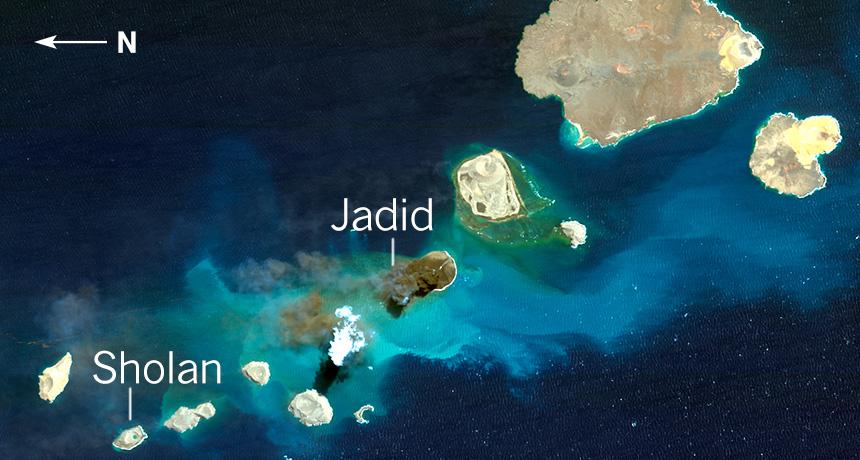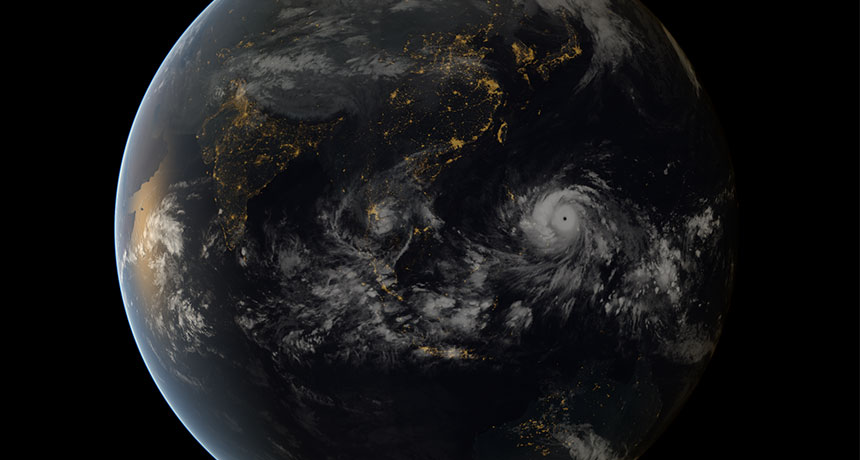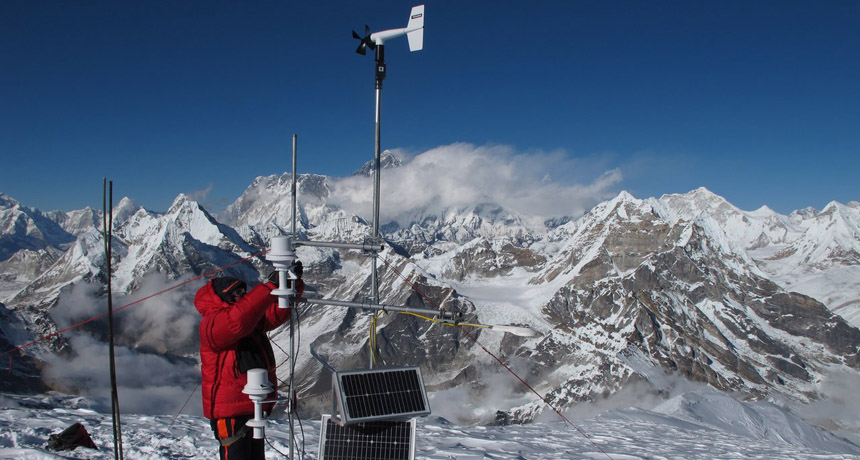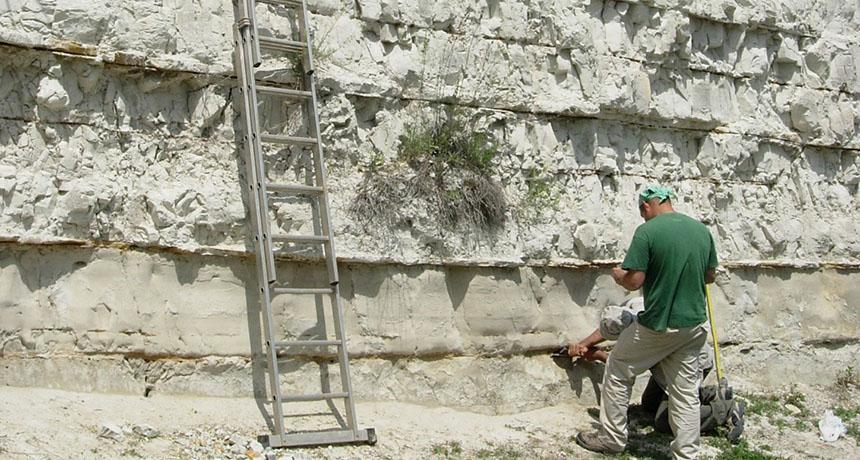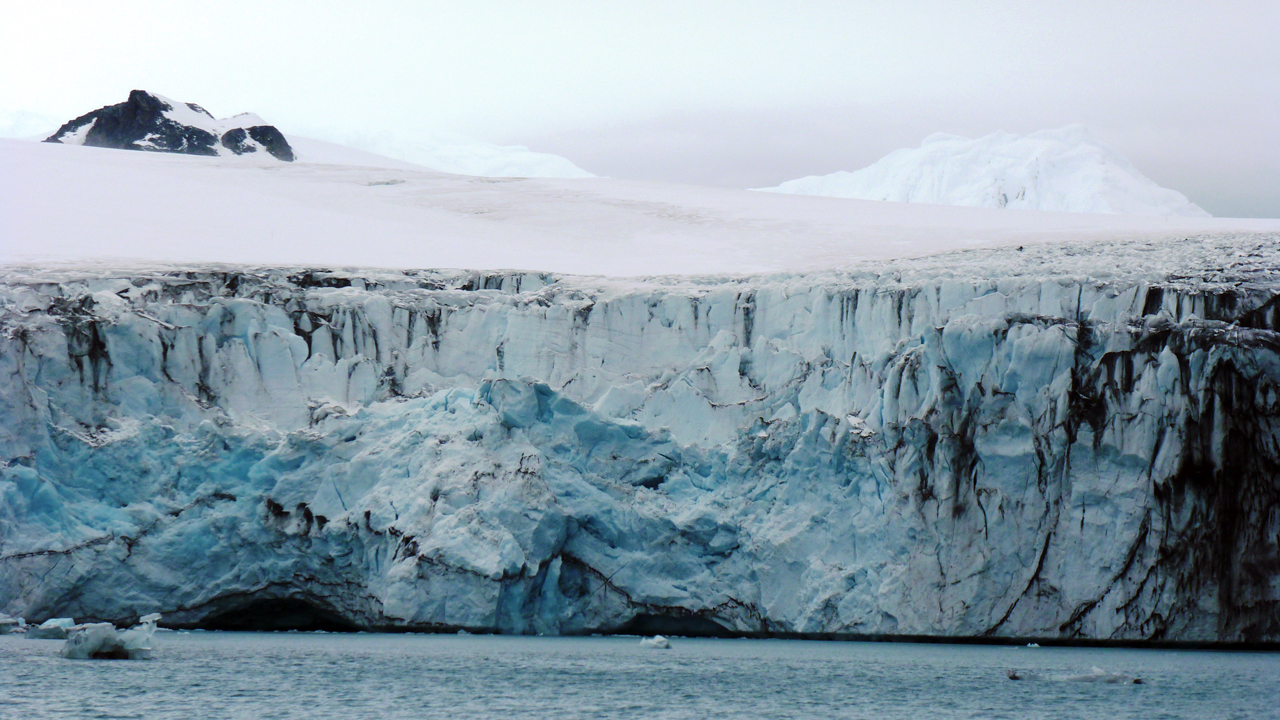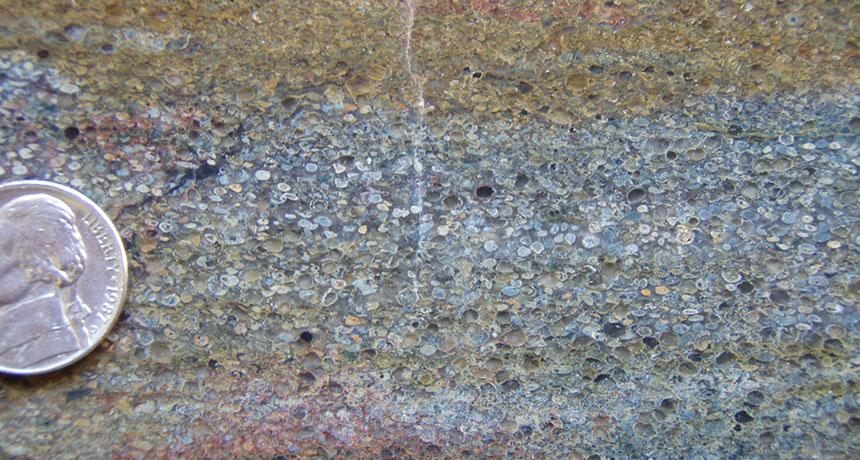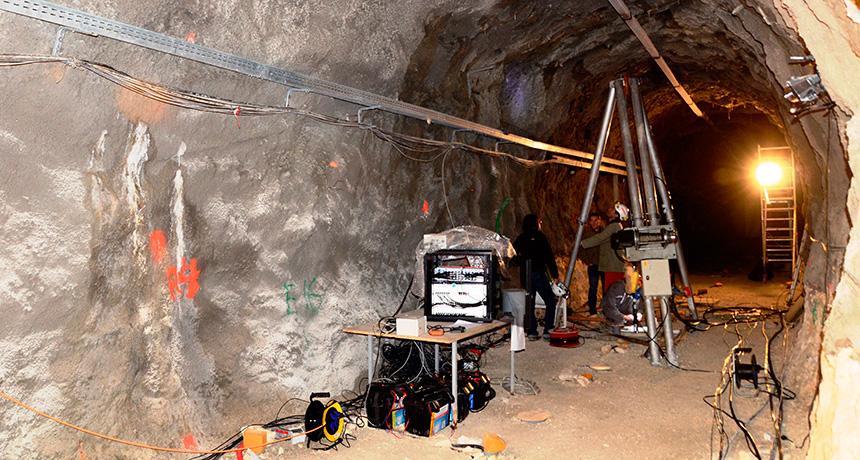
Fluid injection triggers earthquakes indirectly, study finds
Science News, June 2015The first up-close look at artificially triggered tremors suggests seismicity caused by human activities starts slow before shaking things up. The finding could help scientists better understand, and possibly even stem, the rising rate of earthquakes near sites where unwanted fluids, such as gunky water left over from fracking, are injected underground.
